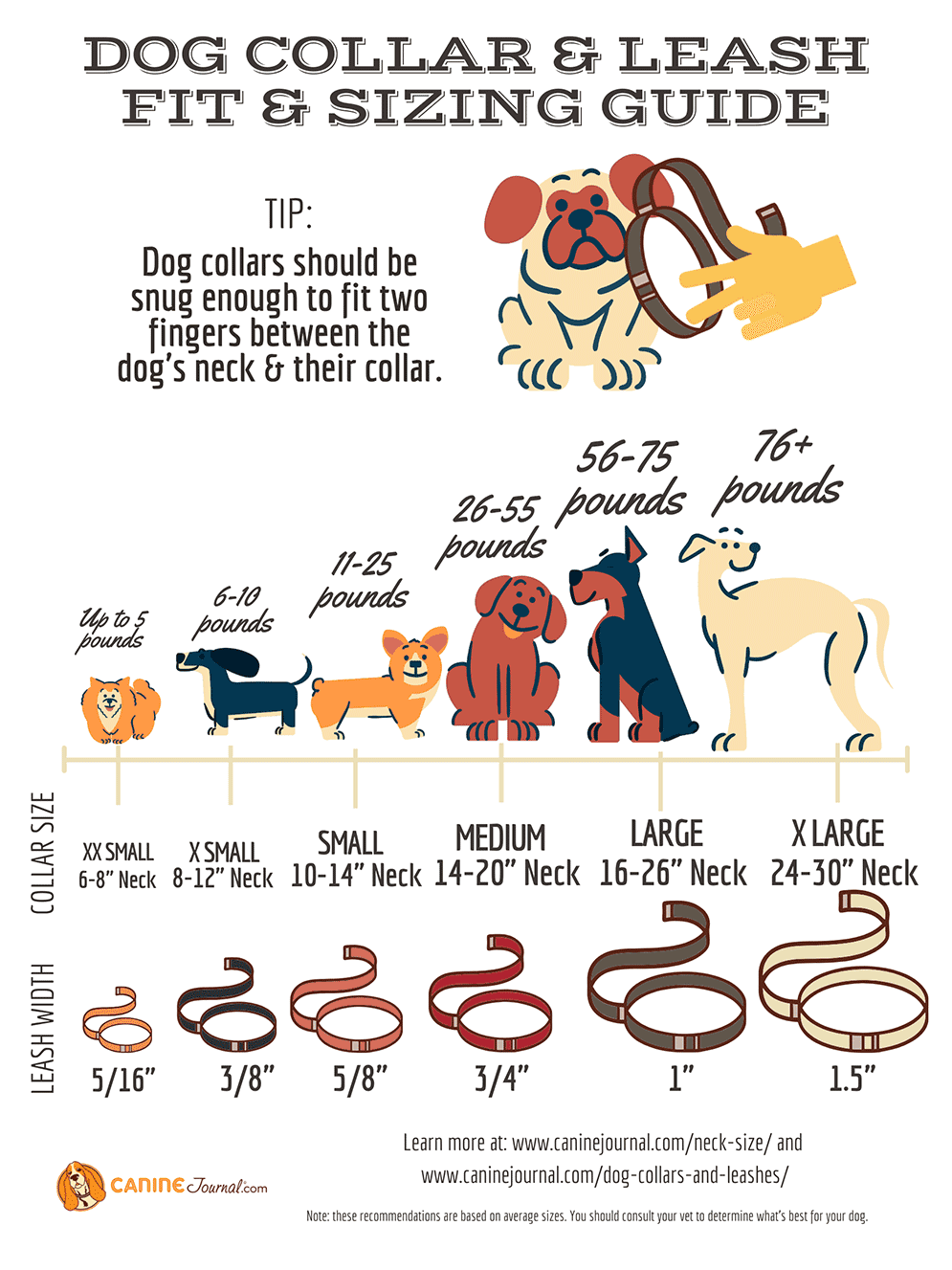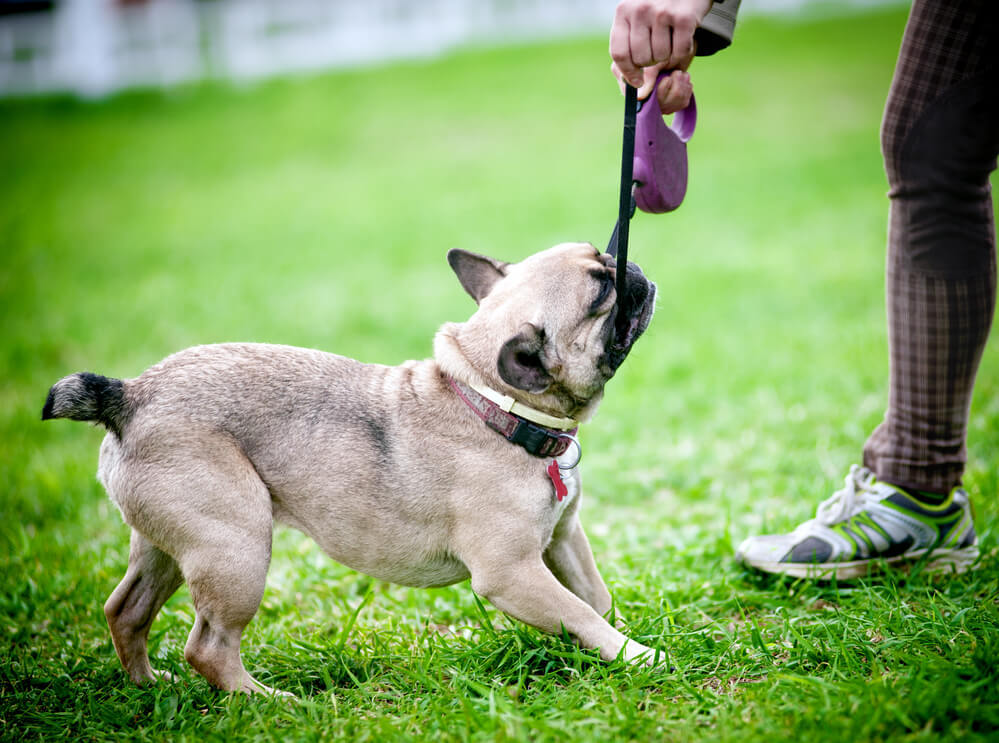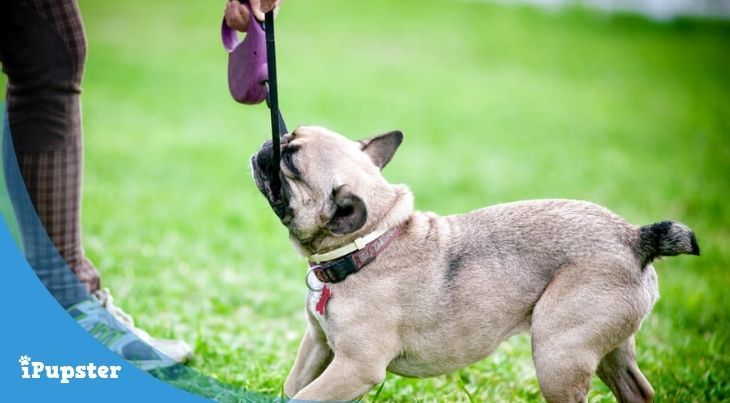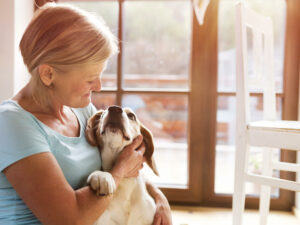If you’re researching how to leash train a dog that won’t walk, you’ve probably been struggling with this issue for a while now and feel a little lost.
Rejoice, we have all the answers you need right here! Basically, dogs freeze on walks for a variety of reasons, like when:
Luckily, we’ve outlined the steps to two tried and tested methods for leash training your dog. These methods can fix most of these situations easily.
Leash training a dog that won’t walk, whether you’ve got a young pup who needs to learn or a hard-headed, fearful older dog, is not impossible. With a little know-how and the right gear, your dog will be happily walking by your side in no time.
Why Does My Dog Freeze on Walks?

Depending on their history, there could be several explanations as to why your dog would freeze on walks. Five reasons why your dog might be suddenly stopping on walks are:
1. They're In Pain
If you have a pup you may want to consider if they’re suffering from growing pains, or if you’re overworking them. A tired puppy is a good thing, but an overworked puppy might be at risk according to animal scientists.
Puppies need lots of play, but young puppies’ bones and joints aren’t developed enough to walk for long on pavement, jump a lot, or navigate rough terrain.
For older dogs, conditions like arthritis can make movement difficult. Your dog may be stopping because they feel they can’t go any further or your pace might be too quick.
Staying hydrated while on walks is especially important in hot weather since the risk of heatstroke is much more serious. Several studies show that medical treatment for dogs that suffer from heatstroke is complex, expensive and not always guaranteed to work.

Click here to see this dog water bottle on Amazon
There are special dog water bottles that make it easy for both pet owners and pets.
The H2O4K9 Combo Pack Neosling and 25-ounce dog water bottle and travel bowl is well worth the money, as it keeps water cold and makes it easy for dogs to stay hydrated.
Regardless of your dog’s age, taking your dog to the vet to rule out any physical reasons why they might be freezing on walks is a good start.
They're Afraid or On Alert
Once you’ve ruled out medical reasons for your dog’s behavior, you need to ask yourself what else might be stopping your dog from walking.
One way to narrow down the root cause it to start a journal. Make note of when during the walk your dog stops, what their reaction is, and the environment at the time.
- Is it a battle just to get your dog’s leash on or is there a certain street where they always stop suddenly and stand still with their hair on end, listening to something you can’t hear?
- Is your dog afraid of anything (like bikes, trucks, or loud noises) that you encounter frequently on your walks?
- Dog’s also have a strong sense of smell and keen eyes. Could they be aware of other people or animals around that you don’t notice?
After you’ve pinpointed what’s triggering the behavior you can work to either avoid those triggers or get your dog used to them, so they stop reacting with a fear response.
3. It's a Learned Behavior
Another explanation for a dog who frequently freezes on walks is that it’s something they’ve learned to do.
Consider this…
Dogs are always living in the present. They wait for us at home all day and when they finally get out for a walk, they’re thrilled. Your dog wants to take it all in and sniff things and make friends along the way. But WE can be rushed and impatient.
Some owners give treats to get their dogs moving again, and accidentally reward the behavior in the process. The next thing they know their dog stops more frequently, expecting to get a treat to go again.
Don’t fall into this trap! If you need to, work on obedience so you can move your dog along more effectively when they’re.
4. They Don't Fully Trust You Yet
Some dogs suffer from anxiety, while others have had bad experiences with past owners that make it difficult to stay calm when exposed to different situations.
As one Reddit user explains in response to a thread posted by a concerned owner, training and developing a stronger bond can help your dog build confidence on walks. You can also bring a friend that your dog likes to act a distraction from the things that make your dog nervous.
When your dog freezes, show that you’re in control by taking a few steps forward facing away from your dog. Don’t give them attention until they come to you, and when they do give them praise and rewards.
5. Not Used to it or Gear is Uncomfortable
If your dog is new to walking on a leash, get them used to seeing it and wearing it inside before you leave the house for the first time.
Make sure that the leash and collar are a good, comfortable fit. No dog is going to walk cooperatively with a collar that’s too tight or bulky, so finding gear that’s appropriate to your dog’s size is essential.
This Canine Journal collar sizing chart below is an excellent place to start if you aren’t sure what size is best for your pup.

Source: CanineJournal.com
Methods to Leash Train A Dog

Training a puppy to walk on a leash is very similar to training an older dog. The problem with older dogs is that they’re bigger, stronger, and can therefore be harder to control.
These two methods explain the basic steps of leash training.
How To Leash Train a Puppy
Puppy Training Tips for Busy People suggests following these steps to train your puppy to walk on a leash:
1. Get your dog used to wearing their collar.
Make sure it’s comfortable and secure.
2. Introduce your puppy to the leash.
Let them smell it, touch it, drag it around. Show them it’s not something to fear, making sure it’s easy to clip on and take off.
3. When your dog is secured and comfortable, take hold of the other end of the leash.
Keep the first training session short and positive so your puppy forms a positive association with walking on a leash.
4. Start by walking around the house, giving praise and treats when your dog stays by your side.
Stop if they do and don’t pull on the leash to get them to follow you. Call them and praise them for coming. When they get the hang of it, take your training outside.
How To Leash Train An Older Dog
A top-voted Leash Training Method on Wag! suggests a similar method for training older dogs to walk calmly:
1. Put on your dog’s leash and head towards the door.
If they get excited and pull, turn around like you’re not going anywhere. Repeat until your dog is calm when leaving. (If your dog always gets excited when they see their leash, start putting it on for approx. 15 minutes a day but stay inside.)
2. While you’re out walking, stop when your dog pulls, even if it’s often at first.
Your dog will realize that if they want to go anywhere, they need to do so calmly. You can also turn around and walk in the opposite direction when they pull. Whatever you pick, just make sure you’re consistent.
3. Don’t forget rewards and positive reinforcement!
Any time your dog walks calmly beside you, praise them and give them a high value reward so they remember that not pulling = good things.
If your dog’s freezing is related to a deep fear or anxiety, you may need advice from a professional trainer, vet, or animal behaviorist. Some dogs won’t keep walking even with coaxing, which can be a real struggle and worrisome for owners. A professional can help you pinpoint your dog’s triggers and give you suggestions so your dog can overcome these episodes.
Proper Gear To Help With Leash Walking
Proper gear is a key element of successfully training your dog to walk on a leash.
The wrong collar/leash combination could lead to more struggle for you and your dog. There’s also a risk of injury if your dog pulls too hard on a regular leash. Popular retractable leashes can do this.
Ideally, a dog harness is what you must use instead of a leash. WHY? A no-pull dog harness is a great way to mitigate this risk.

See the Kurgo fit dog harness on Amazon
The Kurgo tru-fit smart dog harness is designed to reduce pulling, neck strain, and the chance of escape while remaining comfortable and durable. They are versatile since you can clip them at the front, back, or both depending on your needs. PLUS it provides more control for you.
Final Word
With the right gear and steps outlined in this article, you can now train your puppy or older dog to walk calmly and confidently.
Don’t forget, leash training takes consistency and a lot of positive reinforcement!
If you’re still struggling after these tips, don’t hesitate to reach out to an expert for some guidance.




